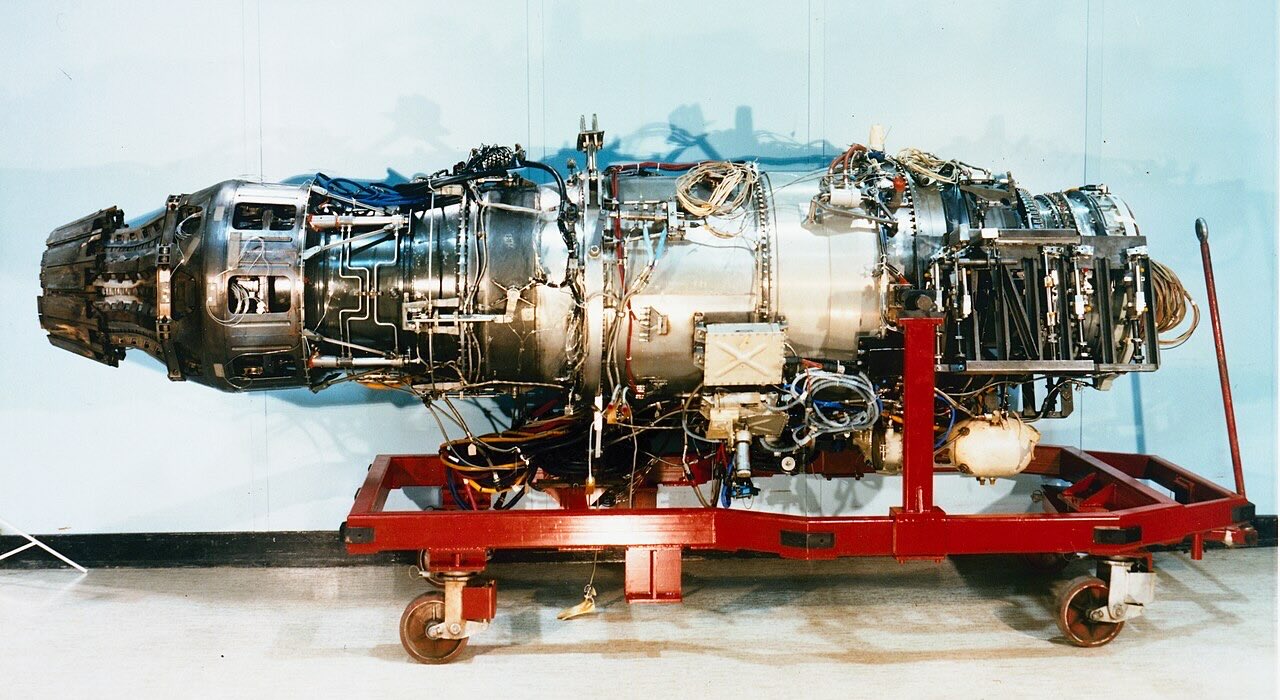
General Electric Company (doing business as GE Aerospace) has an organizational structure that supports leadership in aerospace business. This leadership is highlighted in General Electric’s vision and mission. The company’s organizational structure or company structure defines the organizational design of business components, such as the interconnections and relations among offices and departments. GE’s company structure supports the operations of subsidiaries and divisions. The company’s structural features allow divisions to develop and implement product-specific or market-specific marketing campaigns. General Electric’s organizational structure also promotes product improvement through research and development pertinent to the transportation sector and the aerospace and aviation industries. With its business structure, GE grows as one of the largest aerospace companies in the global market.
General Electric’s corporate structure influences the company’s management practices. For example, managers’ decisions in applying General Electric’s generic competitive strategy and intensive growth strategies are partly based on how the organizational structure supports strategic implementation. This organizational structure evolves to address limits and improve support for GE’s business growth and competitiveness against other firms, like Rolls-Royce and Pratt & Whitney.
General Electric’s Organizational Structure Type & Characteristics
General Electric Company has a product-type divisional organizational structure. In this structure, the company’s management emphasis is on supporting separate but interconnected operations for products specific to the needs of target customers and market segments. For example, GE’s divisions have officers for implementing strategies for corresponding market segments. In this way, the company structure optimizes General Electric’s effectiveness in addressing market-specific challenges and customer-specific requirements. The following are the main characteristics of General Electric’s organizational structure:
- Product-type divisions
- Companywide executive teams
- Geographical regions
Product-Type Divisions. General Electric groups its operations according to product type and these groups are reflected as divisions of the company’s organizational structure. These divisions also represent GE’s target market segments, such as militaries and civil aviation companies. The success of these divisions of the business structure depends on the effectiveness of the competitive advantages identified in the SWOT analysis of General Electric. For example, the GE brand is a strength that enables the competitiveness of the company’s products targeting the market for commercial engines and services. The following product-type divisions are in General Electric’s structure:
- Commercial Engines and Services
- Defense and Systems
- Propulsion and Additive Technologies
Companywide Executive Teams. General Electric Company has corporate teams to implement strategies for the entire firm. These corporate teams are a structural feature that ensures coherence among all divisions of the aerospace business. This characteristic of GE’s organizational structure is essential to maintaining a strong and stable business. With business focus on the aerospace industry, General Electric implements its multinational strategies through this company structure. For example, GE’s strategies for its engines for commercial airlines, like Southwest, are implemented through appropriate companywide departments in this organizational structure for coordinated operations in supply chain management, engineering, human resources, and other business areas. The organizational hierarchy involves the following departments representing centralized corporate leadership and management teams at General Electric’s headquarters:
- Office of the CEO
- Engineering Division
- Digital Technology
- Strategy
- Corporate Affairs
- Finance
- Defense and Systems
- Diversity
- Corporate Development
- Global Manufacturing and Supply Chain
- Human Resources
- Aerospace Carbon Solutions and Sustainability
- Legal, Compliance, and Security
- Propulsion and Additive Technologies
- Commercial Engines and Services
- Transformation
Geographical Regions. Geographical divisions are among the factors that General Electric uses in analyzing and reporting business data. This characteristic of the organizational structure considers geographical differences among aerospace markets. For example, GE’s product-type divisions use geographical divisions to organize business data and identify opportunities. Geographical divisions influence the location strategy, inventory management, and supply chain management practices that form part of General Electric’s operations management approach. The following geographical divisions are an aspect of GE’s corporate structure:
- United States
- Europe
- China region
- Asia (except China region)
- Americas (except U.S.)
- Middle East & Africa
General Electric Company Structure: Advantages & Disadvantages, Recommendations
An advantage of General Electric’s organizational structure is its support for strategic development based on target market segments. For example, GE’s structural characteristics enable the Commercial Engines and Services division to have its own set of strategies. Another advantage of General Electric’s corporate structure is its support for coherence throughout the company. For instance, organization-wide corporate executive teams or departments develop and implement strategies for all divisions of the aerospace business. These advantages facilitate General Electric’s growth by strengthening operational capabilities and competitiveness to match business needs, market challenges, and industry trends.
A disadvantage of General Electric’s organizational structure is the potential difficulty of streamlining the strategic co-development of operating divisions. For example, this disadvantage imposes challenges in aligning the development of GE’s Defense and Systems operations with the development of its Commercial Engines and Services division. General Electric needs to exert additional effort to ensure such alignment. This alignment promotes technology transfer and technology sharing among General Electric’s divisions. Thus, based on this structural characteristic, a recommendation for the company’s executive management is to implement co-development strategies for all GE divisions, alongside other strategies for organization-wide implementation. This recommendation addresses the corporate structure’s disadvantage while allowing General Electric to continue enhancing its operations through product-type divisions.
References
- Ben Zammel, I., & Najar, T. (2024). Nexus between technological capital, organizational structure and knowledge sharing in organizational restructuring initiatives. VINE Journal of Information and Knowledge Management Systems, 54(4), 896-915.
- Ezekari, M., Lhassan, I. A., Bazarouj, R., & Ouhnine, I. (2024). The impact of collaboration on supply chain performance in the aerospace industry: Exploring the mediating role of knowledge sharing. Multidisciplinary Science Journal, 6(12), 2024276-2024276.
- GE Aerospace Careers.
- GE Aerospace Leadership.
- General Electric Company Form 10-K.
- Malenko, N. (2024). Information flows, organizational structure, and corporate governance. In Handbook of Corporate Finance (pp. 511-546). Edward Elgar Publishing.
- U.S. Department of Commerce – International Trade Administration – Aerospace Industry.